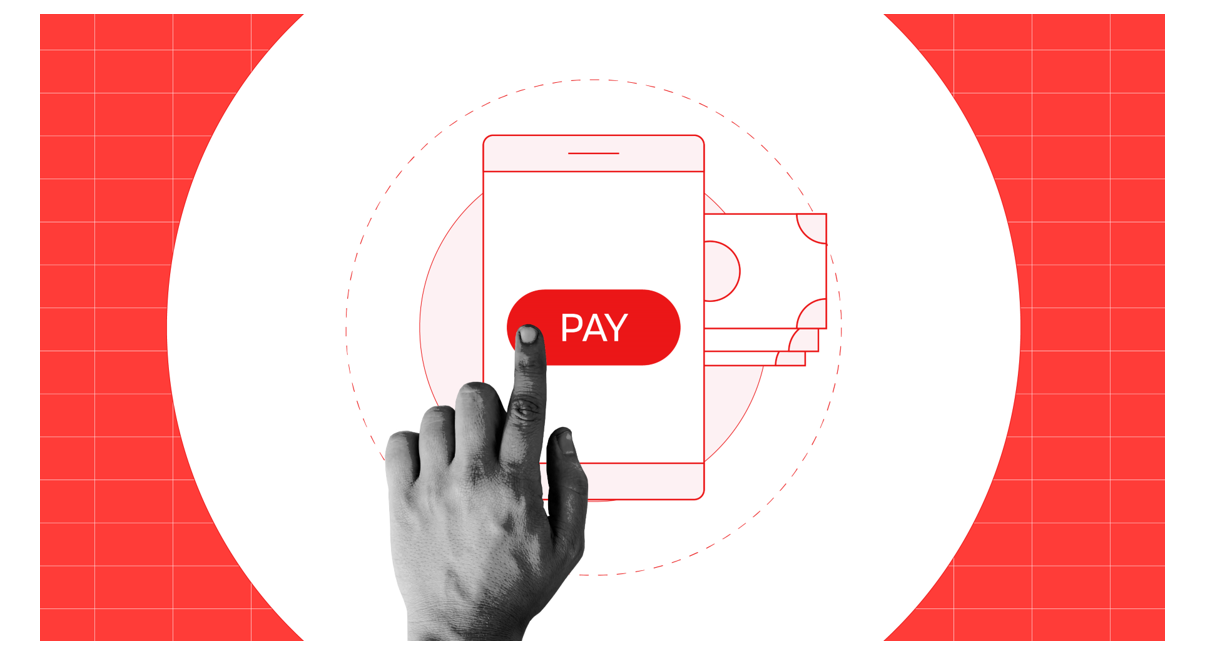In 2023, the unemployment rate in Africa stood at 7.7 percent out of a total population of over 1.4 billion.
This means that 112 million Africans are either out of jobs, unemployed, or ineligible to work as far as traditional jobs are concerned.
This reality has contributed to the rise of the gig economy in Africa.
A Mastercard Foundation survey revealed that the gig economy in Africa is growing at an average rate of 20 percent per year and is expected to reach 80 million gig workers by 2030.
This rise has been aided by the COVID-19 pandemic, digital advancements in technology, deeper internet penetration and the rise of e-commerce spiking demand for freelancers in various fields like web development, graphic design, content creation and digital marketing.
According to Statista, the gig economy could yield transaction volumes of over USD455 billion this year alone.
Trends such as smartphone usage and increasing internet penetration across Africa have played a huge role in the rise of the gig economy, as well as technological advancements like big data, AI, Cloud and mobile technology.
However, a major factor that is bound to fuel the popularity of the gig economy across Africa in the last few years is the introduction of embedded payments.

Benefits of embedded payments for gig workers
Gig workers expect faster payouts. With embedded finance, employers can manage their cash flow – while generating engagement, retention and revenue.
Embedded finance ensures that gig platforms can provide workers with:
- Instant payouts:
For gig workers, cash flow is a serious concern. Workers want faster, more flexible payments. Instant payouts ensure workers are paid as soon as they complete a job.
- Cash advances:
Getting access to needed funds can be difficult for gig workers, many of whom lack an established credit history.
Gig economy platforms have unique insights into workers’ cash flow and their ability to repay. This makes it relatively easy to offer transparent cash advances with lower risk.

- Financial security:
Workers associate faster payouts with greater financial peace of mind. Platforms that offer embedded finance can provide more financial stability and help their workers feel more confident.
- Payment flexibility:
Gig workers can choose how they want to be paid – whether it is per hour, per project or a fixed price for certain services they provide.
Impact of embedded payments on the future of the gig economy
The landscape of financial technology, or fintech, is undergoing a significant transformation with the rise of embedded finance.
People are leveraging more tech platforms and apps to accept and complete gigs and businesses are leveraging real-time payment technology to issue faster payments directly to workers.
Payment tech is transforming gig work by creating an experience that meets workers’ needs and expedites the work cycle. It has become invaluable in facilitating gig jobs and supporting the scale of the industry.
- Building Gig Worker Loyalty
The gig economy is a highly transactional system. Workers accept a job, complete the job and are paid for the job. Employers must make the work cycle fast and seamless to complete the transaction.
According to a recent survey from PayQuicker and the Ultimate Gig Research Project, 60 percent of the gig workforce take jobs from multiple platforms, so completing a gig shift and receiving earnings seamlessly is critical to attracting workers back. Real-time payments improve the experience and ultimately create gig-worker loyalty.

- Creating management efficiencies
As employers increase their utilization of gig talent, they also need to streamline the payment process and management of their influx of gig workers.
This may seem like a daunting task, but real-time payment technology can enable employers to optimize efficiencies while decreasing management and cost burdens.
- Empowering flexible earning possibilities
More individuals might consider gig work to earn additional income if it was feasible to receive their earnings in the frequency, method and currency they prefer. Real-time payment technology empowers gig workers with access to their earnings on their terms.
This opens the possibilities for even more individuals to take on gig work and benefit from their earning potential.
Conclusion
The gig economy is on a rapid rise across Africa. With millions of people joining in annually, the gig economy is set to overtake the traditional workforce. This means that the expectation for innovative and real-time payment options will rise across industries and businesses patronizing gig workers, with embedded payment systems becoming a necessity.
Hence, understanding the role of embedded payment in driving the gig economy and how you can leverage it for your business is crucial.
This SeerBit whitepaper explores how embedded payments can further grow Africa’s gig economy by facilitating easy payments for gig workers through digital platforms.
Click HERE to download.







Comments 1